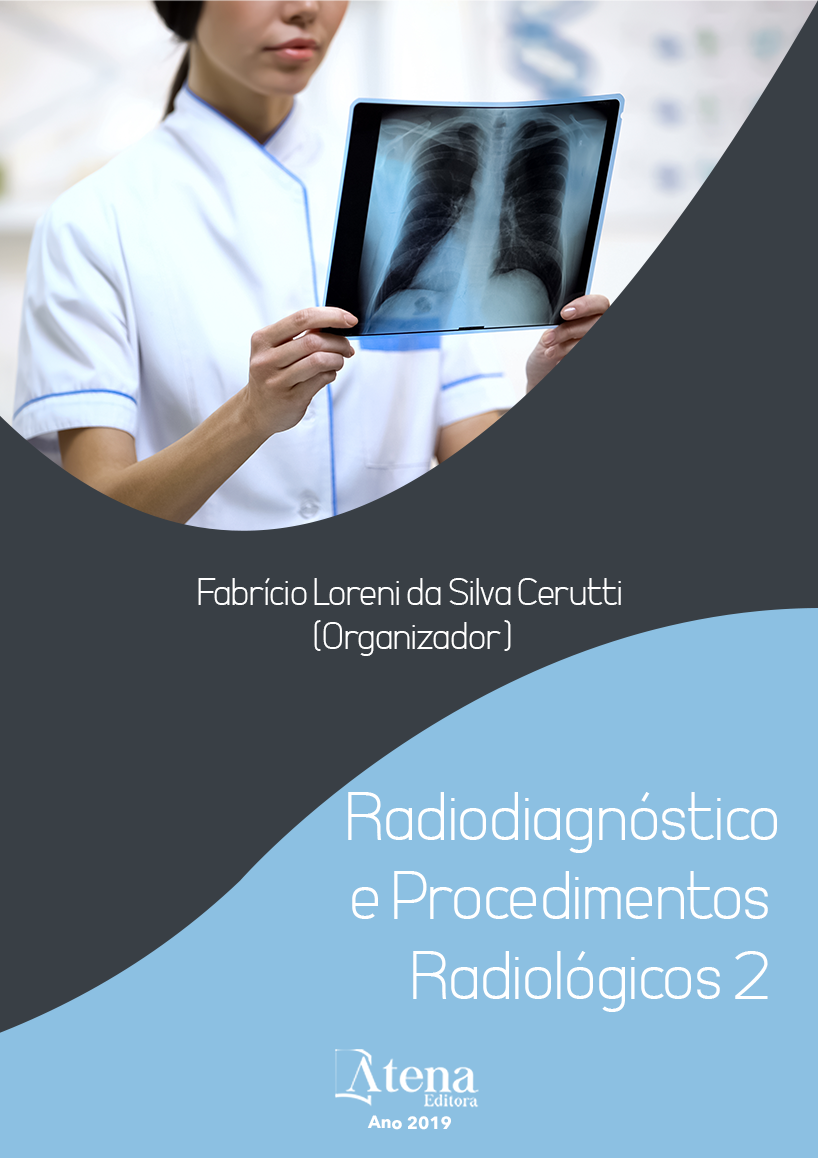
TÉCNICAS DE IMPRESSÃO 3D NA DOCUMENTAÇÃO COMPLEMENTAR EM TOMOGRAFIA COMPUTADORIZADA
Atualmente a documentação de
exames de imagem tem papel fundamental na
ilustração de achados chave, atuando como
complementação ao laudo técnico, porém hoje
limitam-se a impressões em papel fotográfico,
películas, mídias físicas e simulações digitais.
Os recursos de reformações multiplanares,
maximum intensity projection (Mip), volume
rendering (VR) e simulações em três dimensões
(3D) exploram efeitos visuais e técnicas de
edição gráfica para gerar imagens cada vez
mais ilustrativas e auto explicativas, porém
todas elas se limitam a representações em duas
dimensões e utilizando somente sensações
visuais. A complementação da documentação
dos principais achados de exames de imagem
com técnicas de impressão 3D adiciona um
novo plano sensorial ao que antes ficava restrito
ao métodos acima descritos, tocar e manipular
um modelo impresso traz novas perspectivas e
facilita o entendimento da queles que recebem
essa informação. Este trabalho tenta mostrar que
apesar dos altos valores de investimento inicial
e a necessidade de treinamento especializado,
é possível incorporar a prática da impressão 3D
na complementação dos achados em exames
de imagem.
TÉCNICAS DE IMPRESSÃO 3D NA DOCUMENTAÇÃO COMPLEMENTAR EM TOMOGRAFIA COMPUTADORIZADA
-
DOI: 10.22533/at.ed.3761925101217
-
Palavras-chave: Impressão 3D, planejamento virtual, reconstrução
-
Keywords: 3D printing, virtual planning, reconstruction
-
Abstract:
The current the documentation of
imaging exams has a fundamental role for the
correct illustration of key findings, acting as a
complement to the technical report, but nowadays
they are limited to prints on photographic paper,
films, physical media and digital simulations.
The multi-planar reconstruction, maximum
intensity projection (Mip), volume rendering
(VR) and three-dimensional (3D) simulations
exploit visual effects and graphic editing
techniques to generate increasingly illustrative
and self-explanatory images, but all are limited
to representations in two dimensions and visual
sensations. Complementing the documentation
of the main findings of imaging exams with
3D printing techniques adds a new sensorial
experience to what was previously restricted
to the methods described above, touching
and manipulating a printed model brings new
perspectives and subserve the comprehension
of those who receive this information. This work
is an attempt to show that despite the high values
of initial investment and the need for specialized training, it is possible to incorporate
the practice of 3D printing in complementing the findings in imaging tests.
-
Número de páginas: 15
- felipe roth vargas


